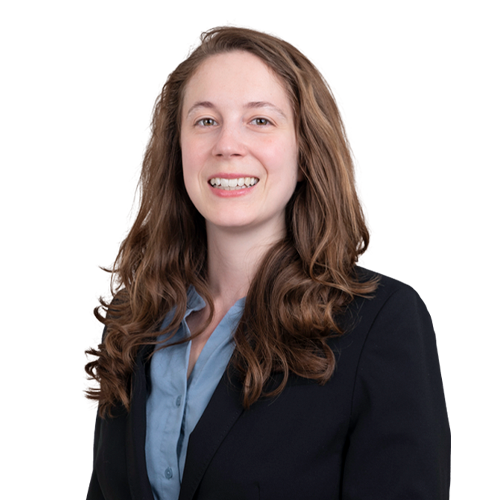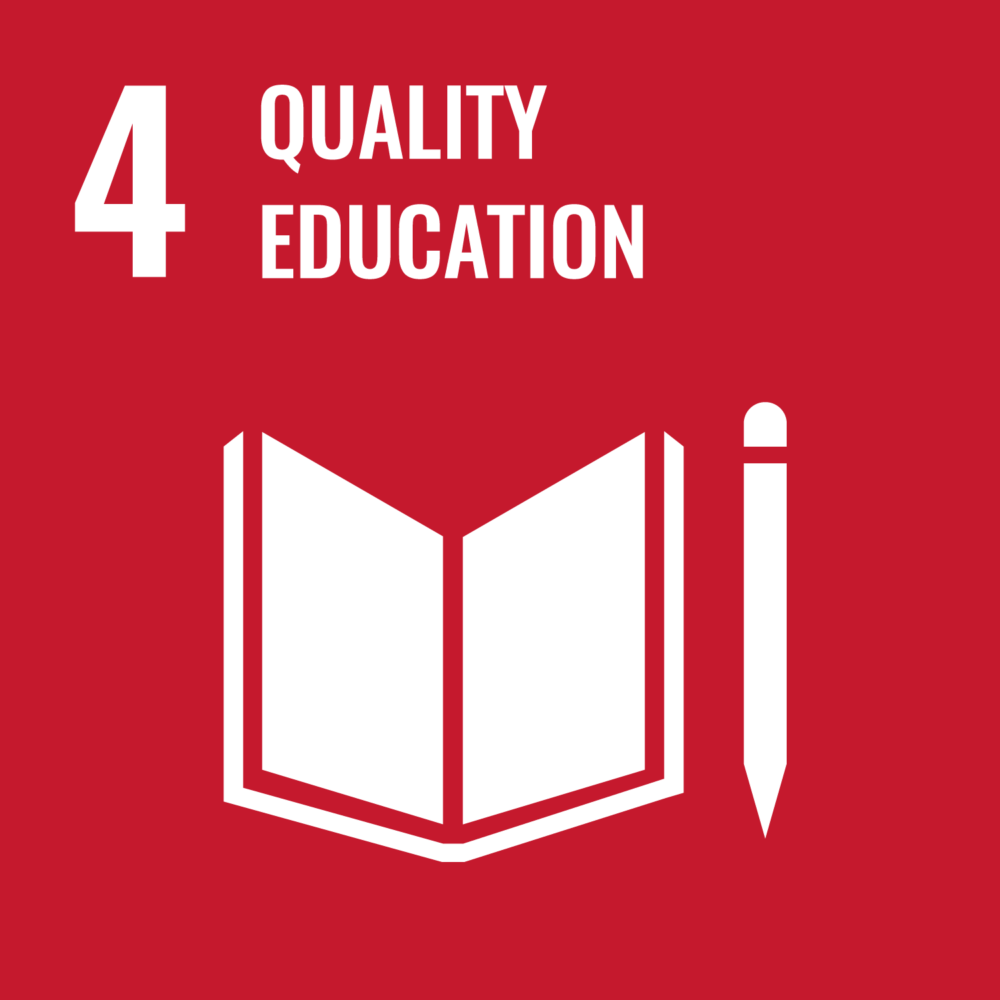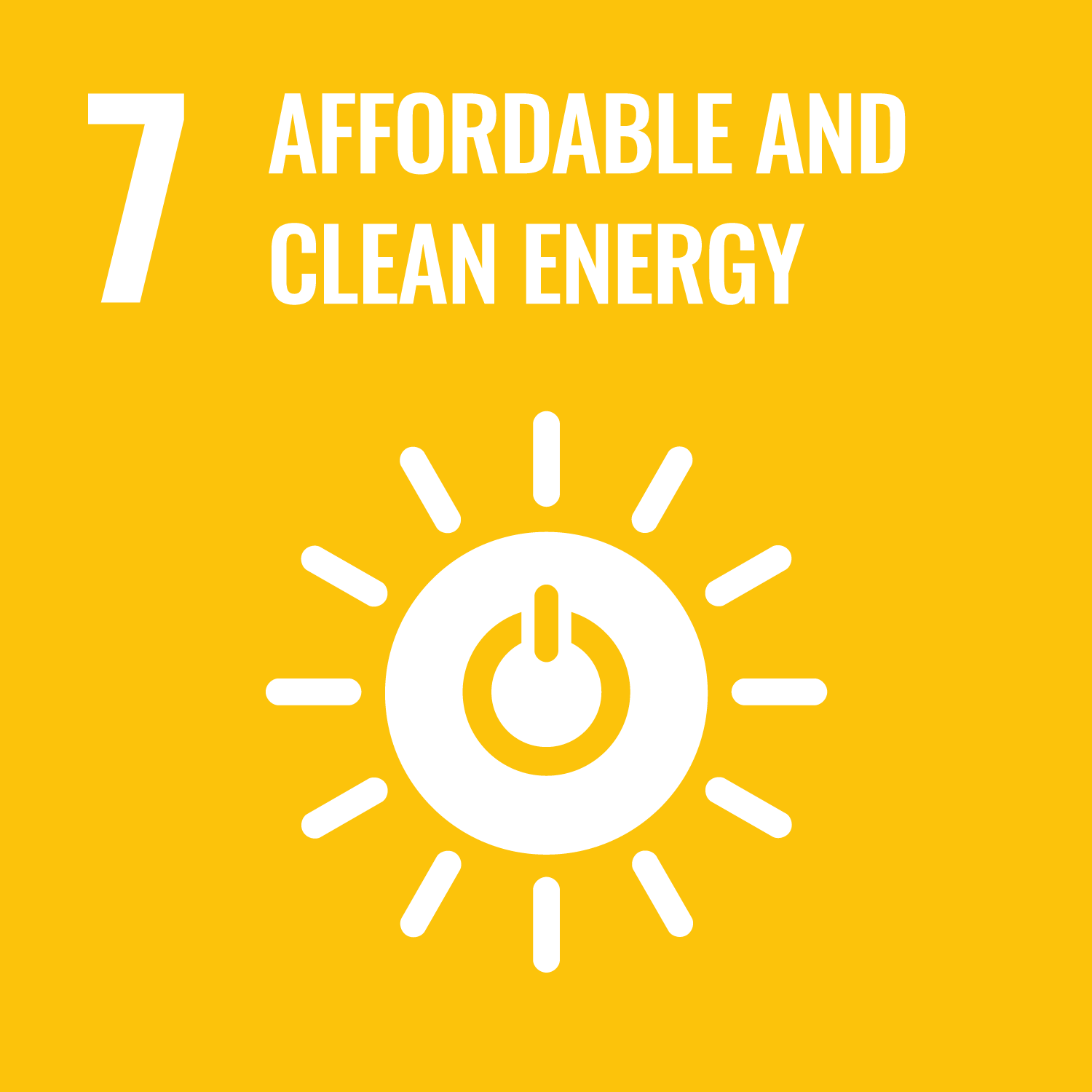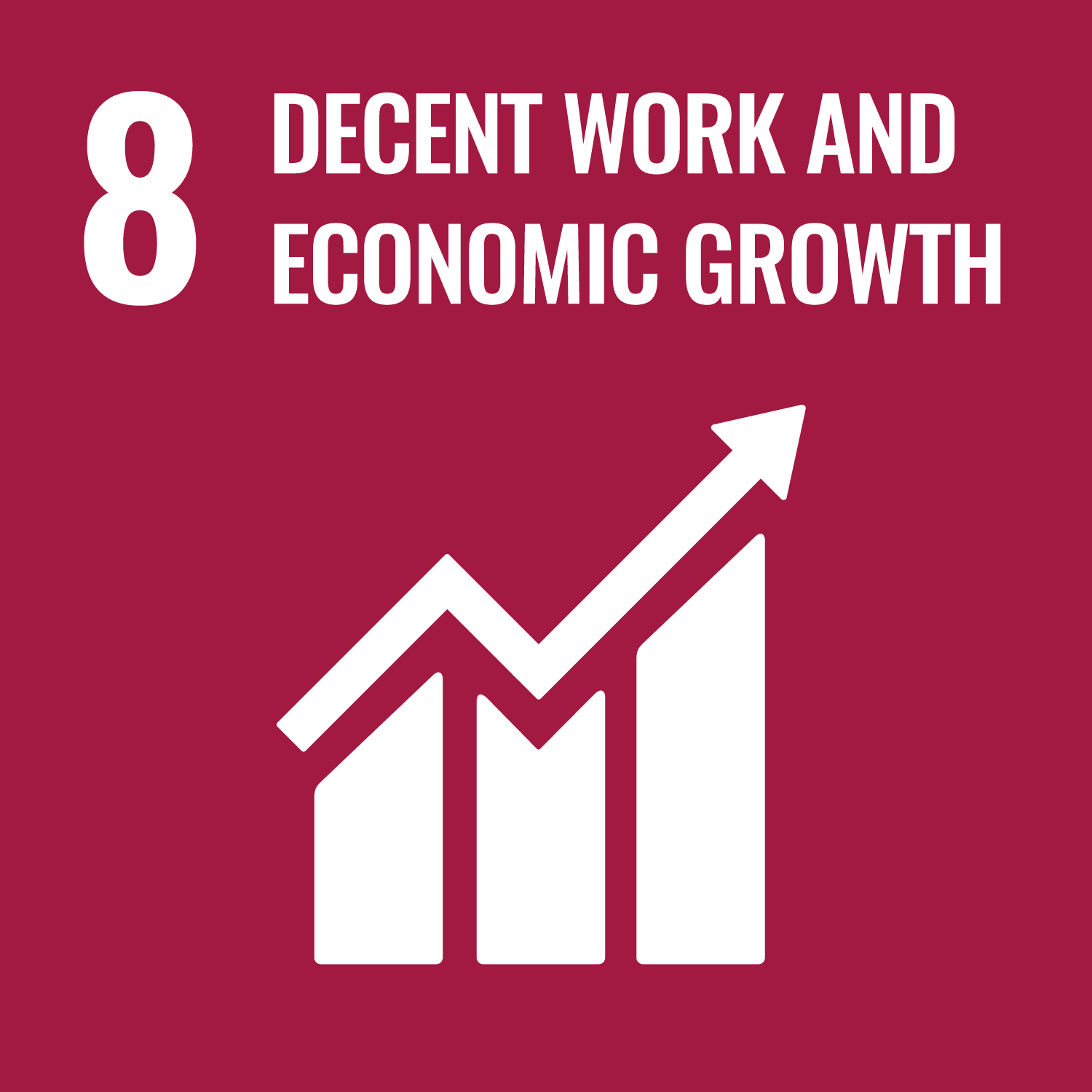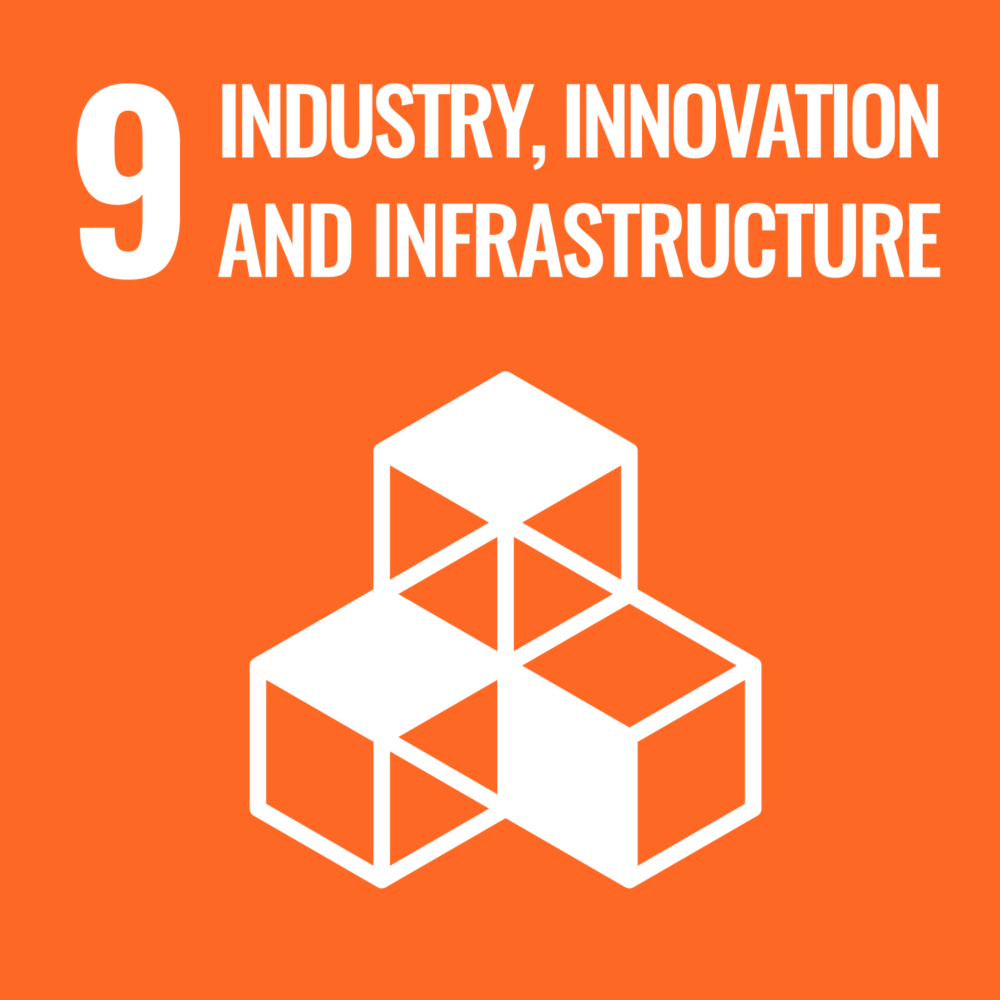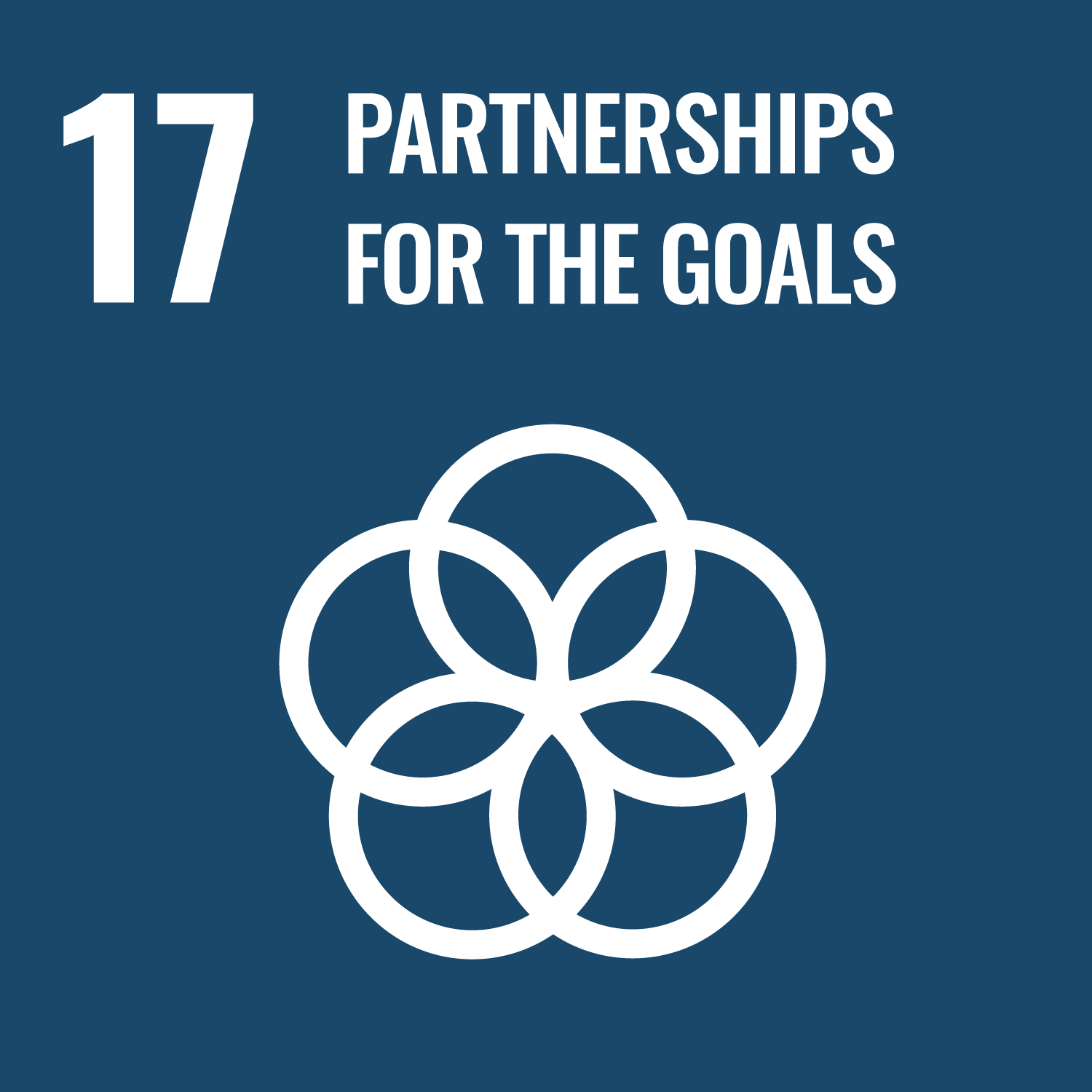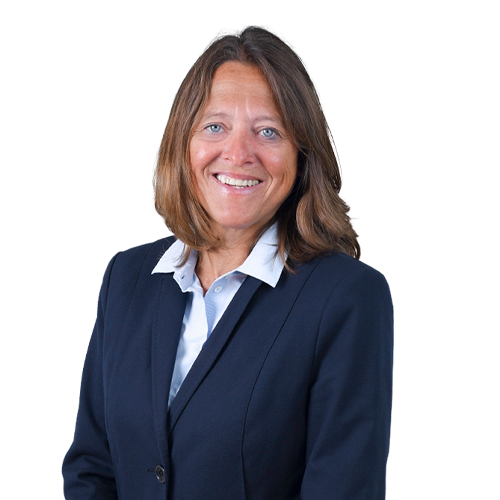Bridging Igneous Petrology and Machine Learning for Science and Society: Deriving New Skills in Volcanic Hazard Assessment and the Economy of Critical Raw Materials
REALISE equips a new generation of Doctoral Candidates (DC) with innovative skills in volcanic hazard assessment and the exploitation of critical raw materials by combining advanced petrological studies with Machine Learning (ML) algorithms and workflows. To achieve this goal, REALISE brings together experts in Earth Sciences and Artificial Intelligence (AI) in an unprecedented attempt to develop training-to-research paths, i.e., Individual Research Projects (IRP), focusing on four key research areas: 1) Systematically investigating the use of ML techniques to probe the lifecycle of magmas; 2) Fusing complementary information derived from cutting-edge analytical techniques to gather unprecedented petrologic data; 3) Bridging the gap between physics and ML in petrological modelling to develop ground-breaking computational flow dynamics and atomistic simulations; 4) Exploring the potential of Generative AI, Hypothesis formulation, and Symbolic Regression in petrological studies. By combining the research activities with comprehensive training on transferable skills, DCs engage with key study cases in either volcanic areas posing significant volcanic risk [e.g., Campi Flegrei Caldera (Italy), Pico (Azores), Fogo (Cape Verde), Mt Pelée (Martinique)] or great potential in critical raw material exploitation [i.e., Beauvoir rare metal granite (Imerys kaolinite and Li deposit; France), mono-mineralic ore layers at Bushveld Igneous Complex (South Africa) and Lithium-Cesium-Tantalum pegmatites at Manono-Kitotolo (Dem. Rep. of Congo)]. Upon completion, REALISE will largely persist by establishing a network that fosters collaborations between academia and industry, enhancing disaster awareness, and contributing to the exploitation of critical raw materials. Overall, REALISE represents a significant step forward in both understanding magmatic systems and managing their associated risks and resources, with farreaching implications for society and the scientific community.
This project is currently in grant preparation with the European Commission.
This project contributes to the UN Sustainable Development Goals (SDGs) 4, 7, 8, 9 and 17.
Coordinator:Universita degli Studi di Perugia, IT
Partners:
- Eotvos Lorand Tudomanyegyetem, HU
- Sorbonne Universite, FR
- Katholieke Universiteit Leuven, BE
- Gottfried Wilhelm Leibniz Universitaet Hannover, DE
- Universite d'Orleans, FR
- Institut de Physique du Globe de Paris, FR
- Istituto Nazionale di Geofisica e Vulcanologia, IT
- Bureau de Recherches Geologiques et Minieres, FR
- Bundesanstalt fuer Geowissenschaften und Rohstoffe, DE
- Istituto Nazionale di Fisica Nucleare, IT
- Ainoudo, FR
- Teledyne Instruments Inc, dba Teledyne Photon Machines, US
- Universiteit van Amsterdam, NL
- Nu Instruments Ltd., UK
- Synchrotron SOLEIL societe civile, FR
- Univerza v Ljubljani, SI
- accelopment Schweiz AG, CH

